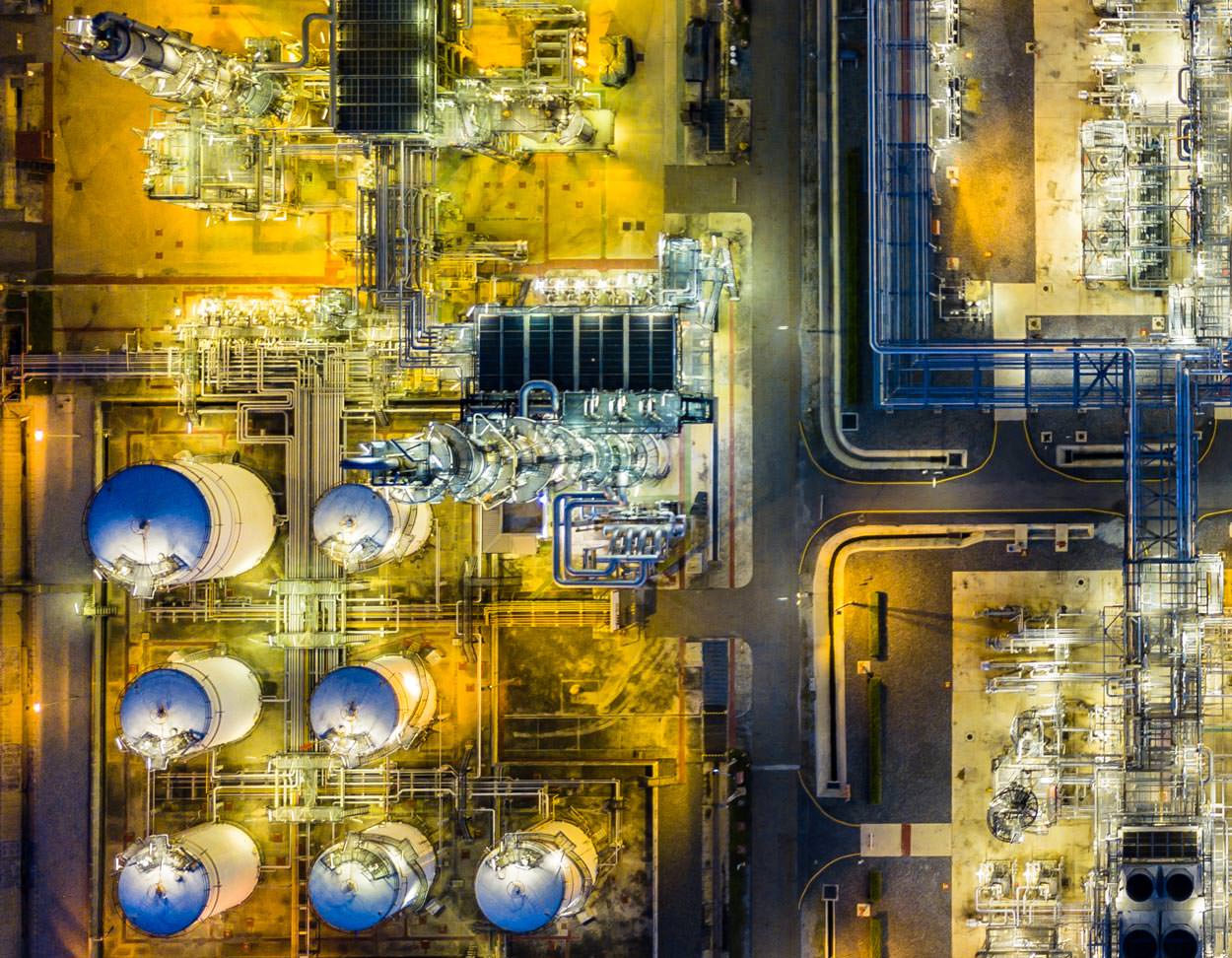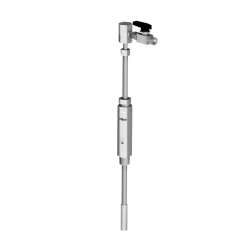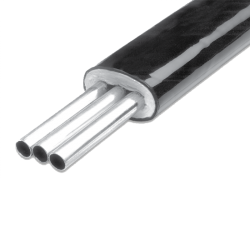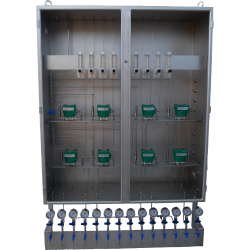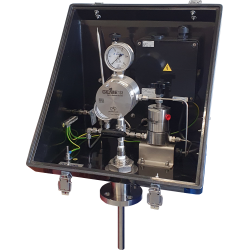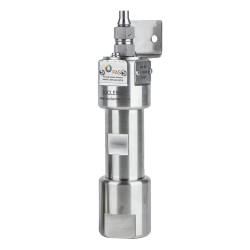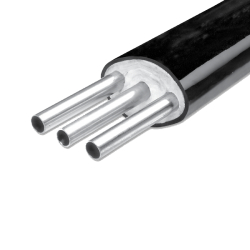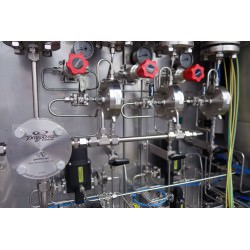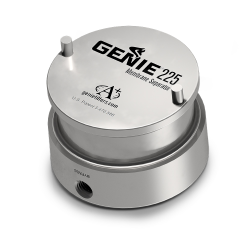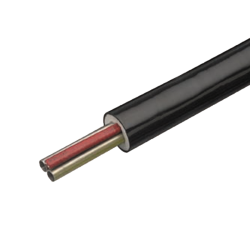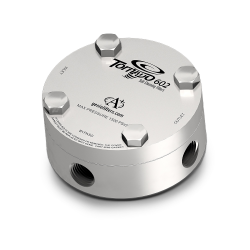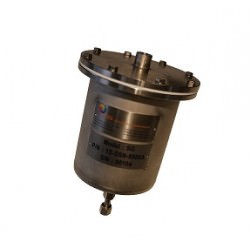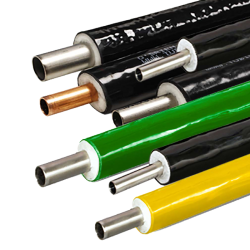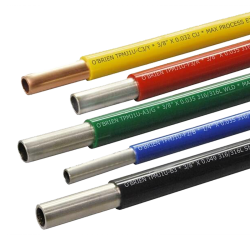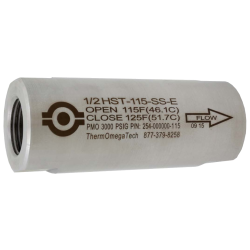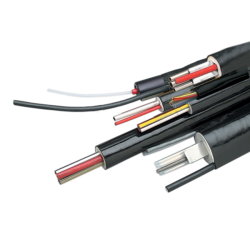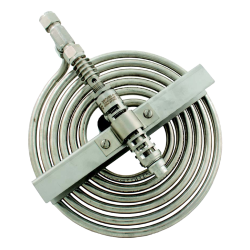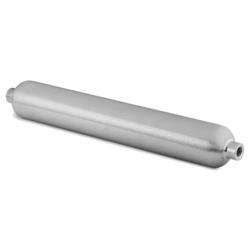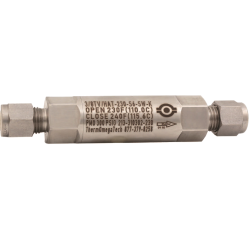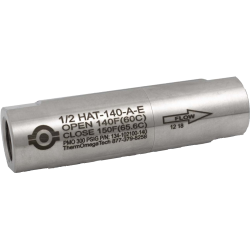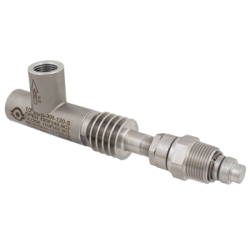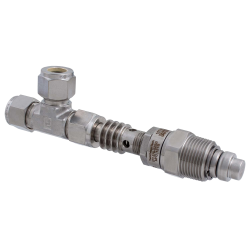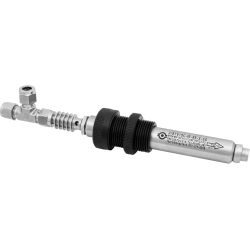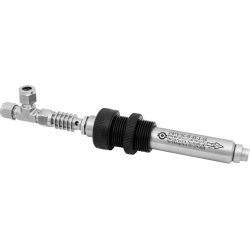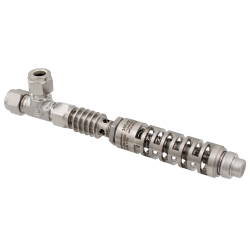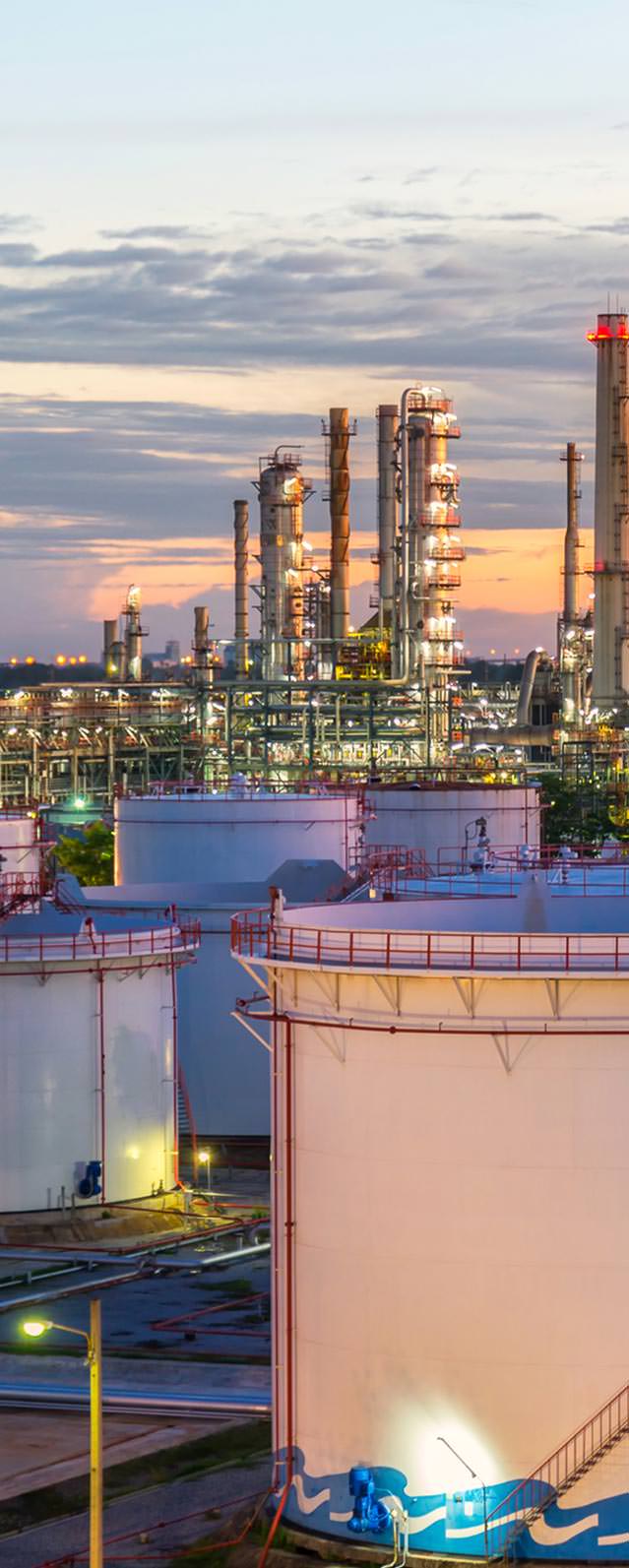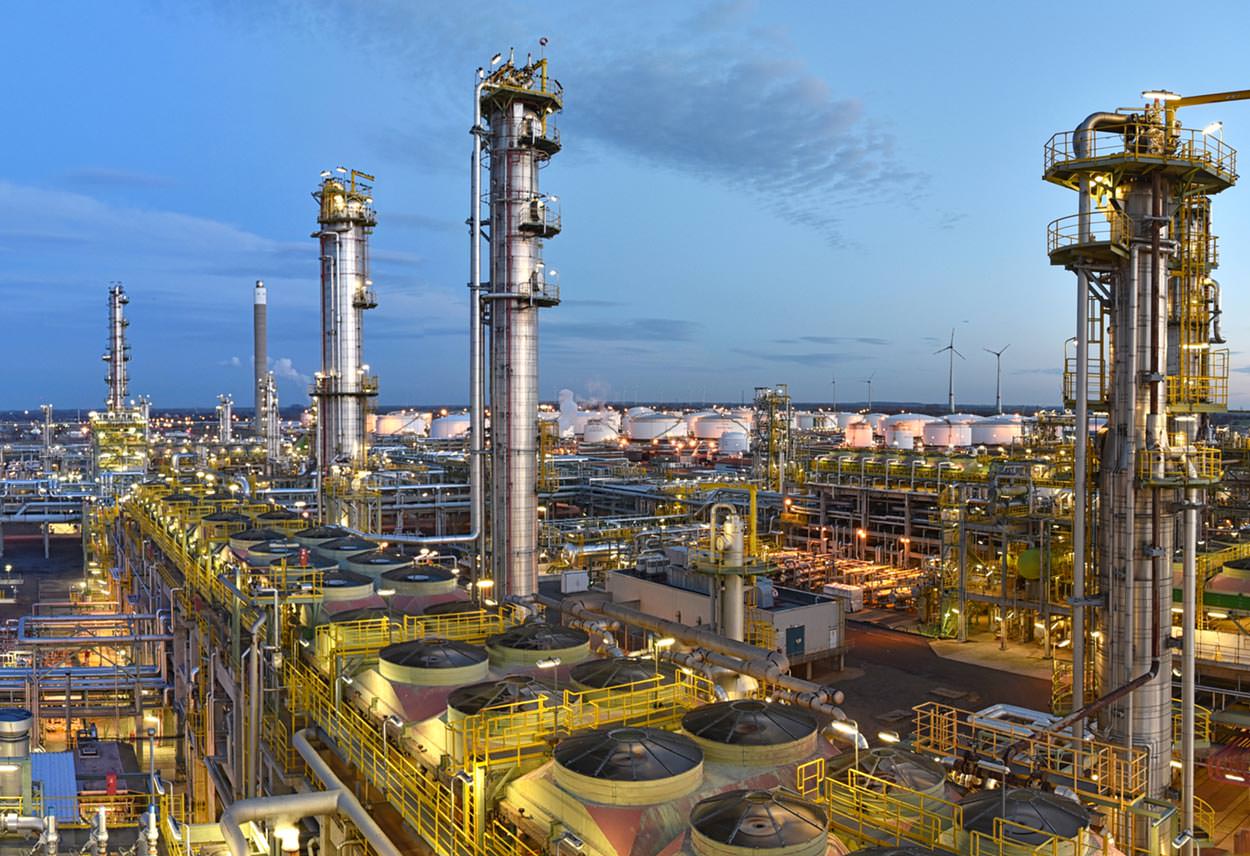Liquid hydrocarbons, adapted sampling solutions by SOCLEMA
Liquid hydrocarbons are :
Crude oil including so-called "unconventional" oil such as shale oil, oil extracted from tar sands and "extra-heavy" oils,
Condensates or "natural gas well liquids", i.e. light fractions such as pentane and octane. These hydrocarbons are present in a gaseous state in deposits and condense at atmospheric pressure.
Natural gas liquidsThese are ethane, propane and butane. The last two, produced in natural gas plants and oil refineries, are known as liquefied petroleum gas (LPG).
Synthetic liquids produced from natural gas and coal
Biofuels (bioethanol and biodiesel), produced from non-fossil organic materials.
Liquefied natural gas (LNG) is not counted among liquid hydrocarbons, as this state is limited to the transport phase.
Hydrocarbons are organic compounds made up exclusively of carbon (C) and hydrogen (H) atoms. They are all different in origin and chemical composition.
They are of great commercial importance, as they are used as fuels, combustibles, lubricating oils and base products in petrochemical synthesis. It is therefore important to analyze them.
Sampling is necessary to determine their physical and chemical properties, such as water and sediment content, viscosity, density and vapor pressure. A distinction must be made between manual and automatic sampling.
